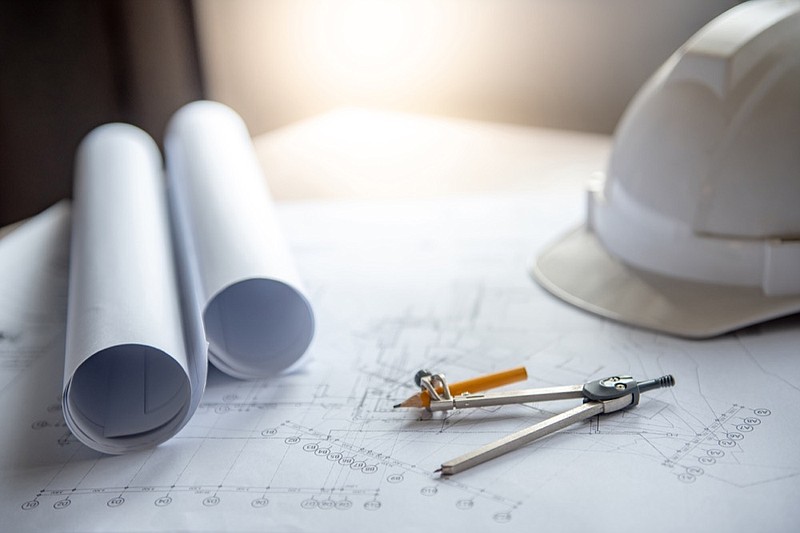If you're a homeowner and haven't faced a big repair bill yet, just wait. Even in the best-maintained homes, stuff will wear out or break.
Budgeting for these inevitable bills isn't always easy. One commonly cited rule of thumb - to save 1% to 4% of your home's value each year for maintenance and repairs - can give homeowners sticker shock as real estate prices soar.
Accredited financial counselor Kate Mielitz recently purchased a home in Olympia, Washington, where the median listing price is $540,000, according to Realtor.com. Saving even 1% of that, or $5,400, would be a stretch for many owners, says Mielitz, who advises low- to middle-income clients. Saving 4% would mean putting aside $21,600 a year.
"I want to cry just looking at that number," Mielitz says.
Home costs depend on age, condition, climate. Rules of thumb have limited value, though, because how much you spend often depends on the age of your home, materials used and local climate patterns, among other factors, says John Wessling, president of the American Society of Home Inspectors.
For example, a laminated-shingle roof may last 35 to 40 years in St. Louis, where Wessling lives. But it could survive less than 15 years under Florida's harsh sun, he says. Extreme weather events can wreak havoc on homes as well.
How well you maintain your house also can have a big impact, Wessling says. Many homeowners don't notice window caulking that dries out and splits, for instance, but the water that seeps in can cause enormous damage.
"What might be a $12 or $15 repair could turn into spending $15,000 or $20,000 to rebuild that wall below the window," Wessling says.
Homeowners spent an average of $950 on home maintenance - or 0.6% of the home's value - in 2019, according to the latest American Housing Survey conducted by the U.S. Census Bureau. But the amounts varied considerably based on home sizes and age, among other factors. For instance, the percentage of a home's value spent on maintenance rose from 0.2% for homes built in the 2010s to 0.8% for homes built before 1960.
Deciding how much to set aside. People who prefer to hire others should expect to spend more than do-it-yourselfers, says Mischa Fisher, chief economist for home services referral website, Angi. Angi's survey of 2,934 homeowners who paid for home improvements last year found that they spent an average $3,018 on home maintenance, Fisher says. Those amounts typically ranged between 0.5% and 1% of their home's value. In addition, homeowners spent an average of $2,321 on emergency repairs.
Fisher recommends homeowners set aside up to 5% of their incomes for home maintenance as well as $10,000 to cover emergency repairs and system replacements.
Another approach is to save based on the remaining lifespan of your home's various components, including the roof, the heating and cooling systems, the hot water heater and appliances.
You can search online for charts and articles that estimate how long components typically last, Wessling says. Similar searches can give you an idea of replacement costs.
Alternatively, hire a home inspector to conduct a home maintenance inspection, Wessling says. Like the inspections that precede a home purchase, a maintenance inspection can estimate when various home systems likely will need to be replaced. Wessling says he typically charges $400 to $500 for inspections.
Let's say you have a 5-year-old air conditioning system, which typically have life spans of 15 to 20 years, Wessling says. If a new system would cost $4,000, you might save $400 a year to cover it. You could add a fudge factor to account for future inflation, which is, unfortunately, unpredictable. Wessling suggests adding 20% to the expected cost and an additional $100 a year to your savings.
